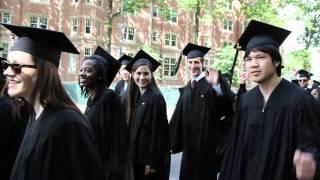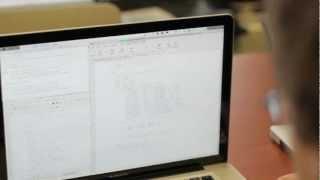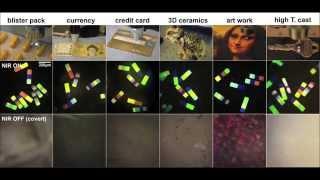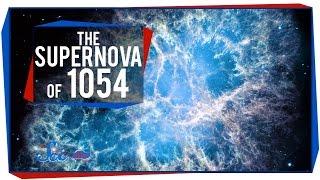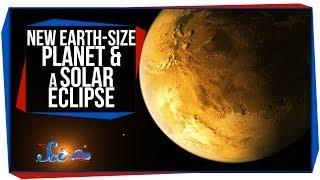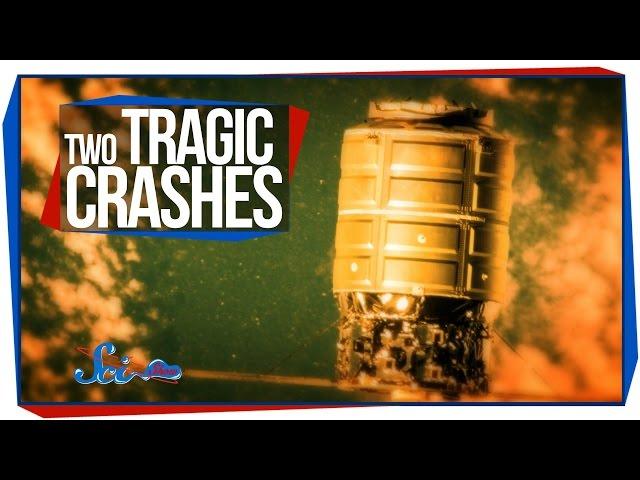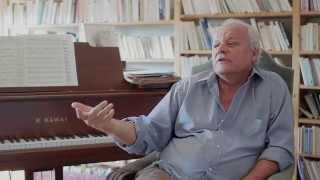Time Travel, Teleportation & Science
Time travel is the concept of moving between different points in time in a manner analogous to moving between different points in space, generally using a theoretical invention, namely a time machine. It has a commonly recognized place in philosophy and fiction, but has a very limited application in real world physics, such as in quantum mechanics or wormholes.
Although the 1895 novel The Time Machine by H. G. Wells was instrumental in moving the concept of time travel to the forefront of the public imagination, The Clock That Went Backward by Edward Page Mitchell was published in 1881 and involves a clock that allowed three men to travel backwards in time.[1][2] Non-technological forms of time travel had appeared in a number of earlier stories such as Charles Dickens' A Christmas Carol. Historically, the concept dates back to the early mythologies of Hinduism (such as the Mahabharata), Buddhism, and Islam through ancient folk tales. More recently, with advancing technology and a greater scientific understanding of the universe, the plausibility of time travel has been explored in greater detail by science fiction writers, philosophers, and physicists.
Teleportation, or Teletransportation, is the theoretical transfer of matter or energy from one point to another without traversing the physical space between them. It has a commonly recognized place in science fiction literature, film, and television, but as yet has a very limited application in real world physics, such as quantum teleportation or the study of wormholes.
Science (from Latin scientia, meaning "knowledge") is a systematic enterprise that builds and organizes knowledge in the form of testable explanations and predictions about the universe. In an older and closely related meaning, "science" also refers to a body of knowledge itself, of the type that can be rationally explained and reliably applied. A practitioner of science is known as a scientist.
In modern usage, "science" most often refers to a way of pursuing knowledge, not only the knowledge itself. It is also often restricted to those branches of study that seek to explain the phenomena of the material universe.
Source : Wikipedia
-
06:55

Astronomers Captured Our Sun in the Highest Resolution Ever | SciShow News
Added 440 Views / 0 LikesA new telescope, the DKIST, has given us our most direct look at the Sun ever, in the highest resolution yet. And a paper published last week has revealed how “the dunes” auroras may be more than just a new spectacle in the night sky. Tigli the Arctic Fox
-
13:57
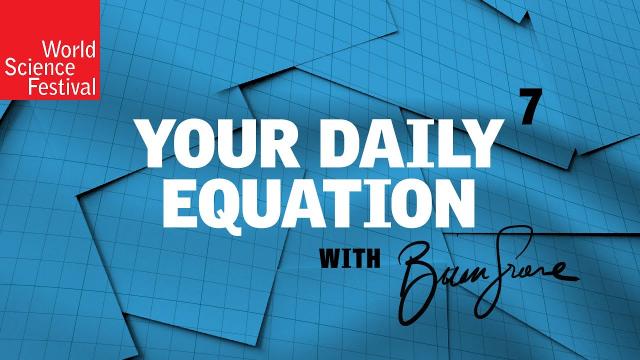
Your Daily Equation | Episode 07: Relativistic Velocity Combination
Added 427 Views / 0 LikesIf you race away from a beam of light, why doesn't the light approach you slower than the speed of light? If you race toward it, why doesn't the light approach you faster than the speed of light. In today's Daily Equation, Brian describes the relativistic
-
06:26
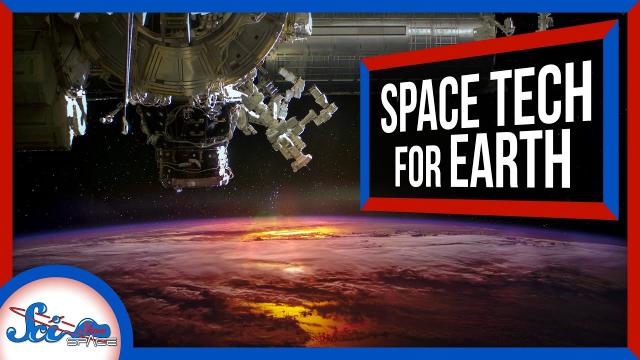
How Space Tech Is Changing Life on Earth: 2020 Edition
Added 531 Views / 0 LikesWe’ve developed thousands of technologies for space exploration, but luckily for us, sometimes those solutions apply to problems here on the ground, too.Hosted by: Hank GreenSciShow has a spinoff podcast! It's called SciShow Tangents. Check it out at http
-
06:15
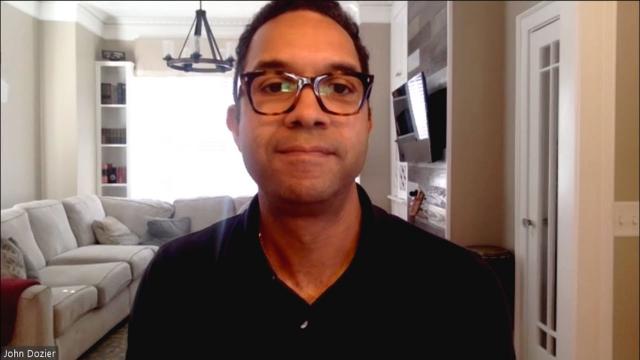
John H. Dozier (An MIT Community Vigil)
Added 431 Views / 0 LikesMIT's Institute Community and Equity Officer (ICEO) John H. Dozier speaks to the MIT Community.On June 2, 2020, the Institute Community and Equity Office at MIT hosted an online vigil to bring the community together in the wake of the recent tragic killin
-
06:10
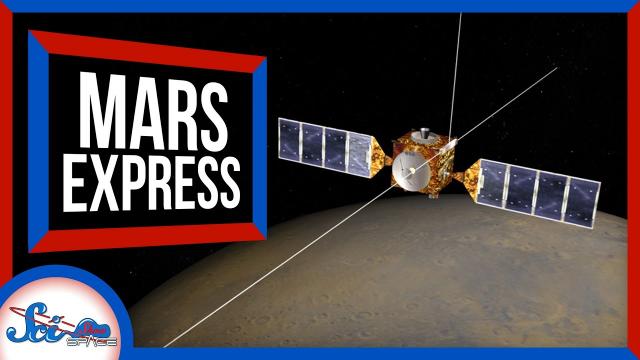
Mars Express: Triumph From Disaster
Added 457 Views / 0 LikesMars Express, one of the longest-running planetary probes ever made, was only intended to last for about two Earth years, but it's still going at 17! And it's taught us an unbelievable amount, including everything from studying its geology and atmosphere
-
53:16
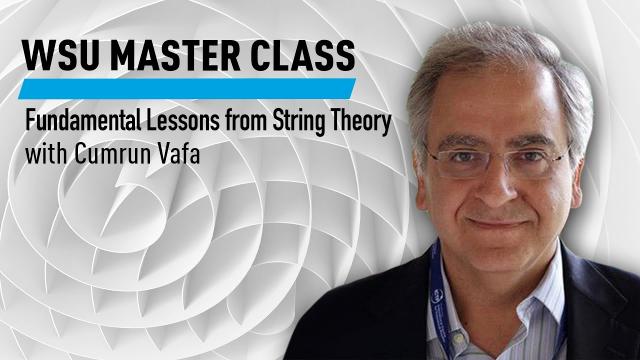
WSU: Fundamental Lessons from String Theory with Cumrun Vafa
Added 448 Views / 0 LikesCumrun Vafa, together with fellow world-renowned string theorist Andrew Strominger, developed a new way to calculate black hole entropy in the language of string theory. Follow Vafa as he guides you through some of the more incredible things we have learn
-
06:43
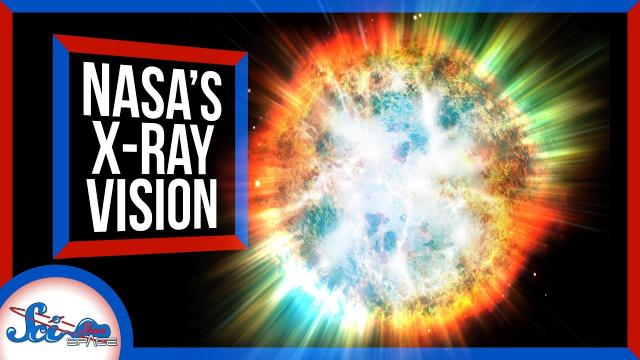
The Telescope That Revealed the X-Ray Universe
Added 379 Views / 0 LikesSome of the most exciting phenomena in space can’t be seen from Earth because our atmosphere soaks up high-energy light. That’s why NASA built Chandra, the most powerful X-ray telescope ever launched, and the observatory has helped scientists make major d
-
06:39

3 Cosmic Time Capsules
Added 276 Views / 0 LikesThis episode is brought to you by the Music for Scientists album! Stream the album on major music services here: https://biglink.to/music-for-scientists. Check out the “For Your Love" music video here: https://youtu.be/YGjjvd34Cvc. Long before we were aro
-
06:58

Sci-Fi Science: Physics of the Impossible Season 2 Episode 10 A I Uprising Part 2
Added 902 Views / 0 LikesSci-Fi Science: Physics of the Impossible Season 2 Episode 10 A I Uprising Part 2
-
1:11:33

WSU Master Class: From Chemistry to Living Materials: Matter & Sound with Markus Buehler
Added 301 Views / 0 LikesProfessor Markus Buehler discusses how scientists can design new proteins that can revolutionize materials engineering, through manipulating vibrations that have been changed from matter into sound and from sound back into matteThis lecture was recorded o
-
05:24
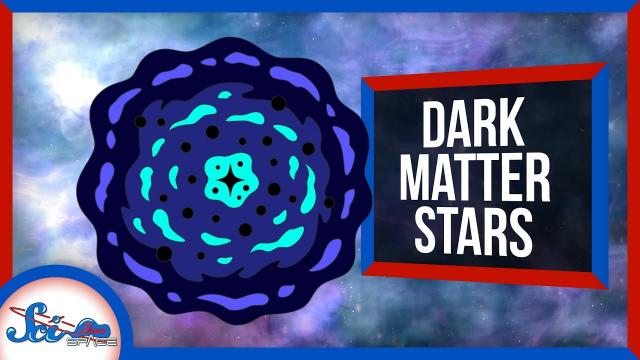
Could Dark Matter Stars Exist?
Added 388 Views / 0 LikesMost of the universe is made up of dark matter, so could it form into stars and galaxies like regular matter?SciShow has a spinoff podcast! It's called SciShow Tangents. Check it out at http://www.scishowtangents.org----------Support SciShow by becoming a

